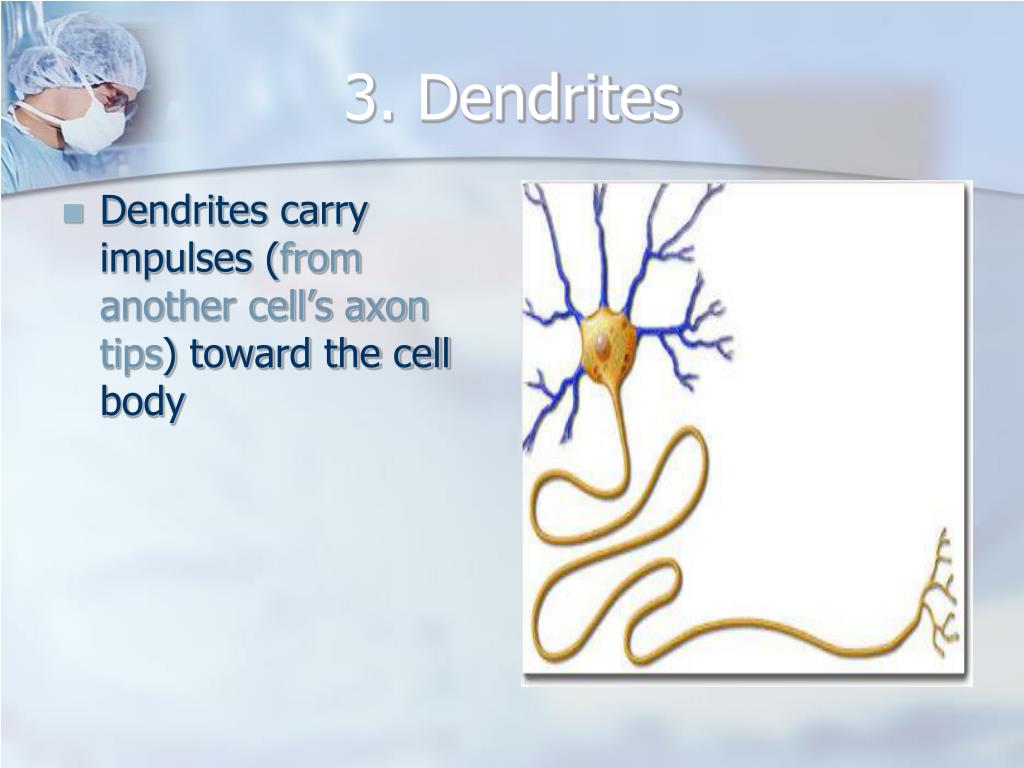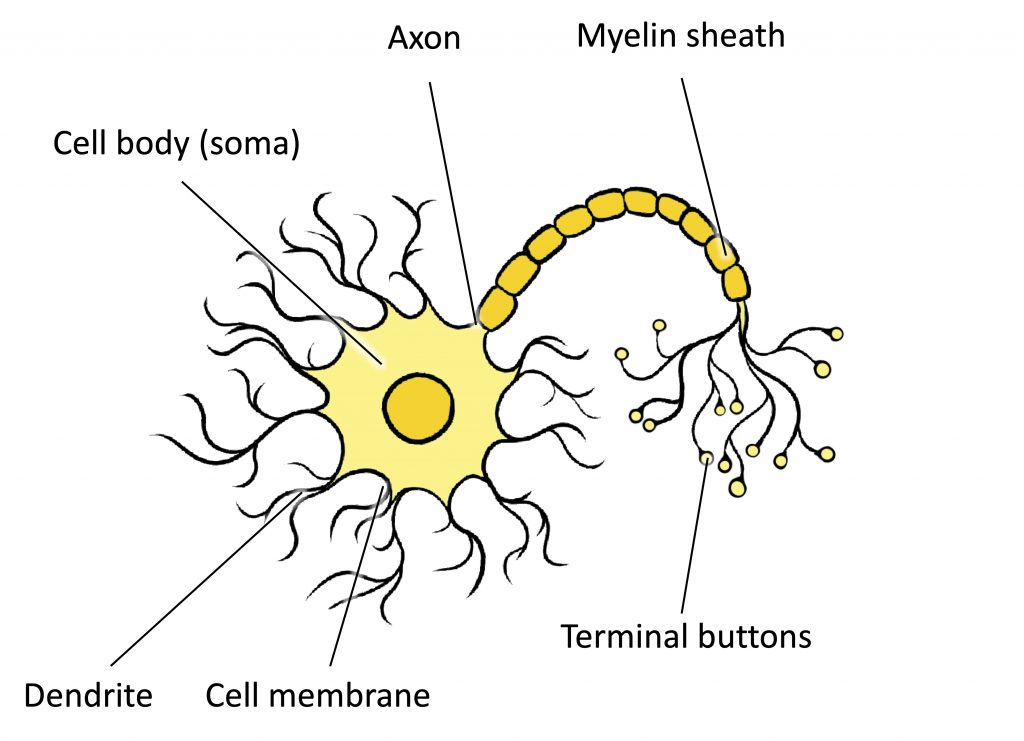


13, 14, 18, 19, 21īottom–up and top–down functional connectivity in the conscious and the anesthetized brain. It is particularly interesting to note that in humans, top-down processing appears to dominate bottom–up processing in the awake state upon loss of consciousness, this asymmetry disappears due to a relatively selective suppression of top–down processing (fig. In other words, unconsciousness, which is the anesthetic endpoint this article is exclusively concerned with, appears to be correlated with reduced signaling from higher-order association cortices to early sensory cortices ( table 1 and fig. 12–21 Intriguingly, the vast majority of these studies 12–14, 16,18–21 (two exceptions 15, 17 shall be discussed later in this section) indicate that connectivity along the sensory pathways, under general anesthesia, is reduced primarily in the top–down direction. Several recent studies-carried out in both humans and animals, and using a variety of different anesthetic agents-have investigated differences in directional corticocortical connectivity between the awake state and anesthesia-induced unconsciousness. However, the very opposite appears to be the case. Given that the most striking feature of general anesthesia is an interruption of the patient’s ability to perceive the environment, it would appear intuitive for anesthetics to interfere primarily with bottom–up information flow along the sensory pathways, that is, with the signals that carry perceptual information from the thalamus to the primary sensory cortices and on to unimodal and multimodal association cortices. One recent development is particularly intriguing. Why does the potentiation of γ-aminobutyric acid (GABA) receptors caused by propofol or desflurane cause unconsciousness? How are the brain’s computational processes affected by this and other molecular mechanisms of anesthetics, so that patients undergoing surgery cease to experience their surrounds in terms of sight, sound, and touch? Anesthesiologists and cognitive neuroscientists alike have been captivated by these questions and have proposed a number of models in an attempt to answer them, such as Flohr’s “information processing theory of anesthesia,” 2 Alkire’s “thalamic consciousness switch hypothesis,” 3–6 Mashour’s “cognitive unbinding paradigm,” 7, 8 John and Prichep’s “anesthetic cascade,” 9 or Hudetz’s “forgotten present.” 10, 11 We shall return to some of these frameworks in a later section of the article. 1 “Scientists are chipping away at the drugs’ effects on individual neurons,” the article reads, “but understanding how they render us unconscious will be a tougher nut to crack.” This prediction proved correct: a decade later, we have expanded considerably our knowledge of the molecular targets of general anesthetics, but it remains enigmatic how these drugs affect the brain at the systems level. “HOW do general anesthetics work?” In 2005, Science magazine posed this question in a special section titled “What don’t we know?,” dedicated to the greatest challenges of contemporary science.


 0 kommentar(er)
0 kommentar(er)
